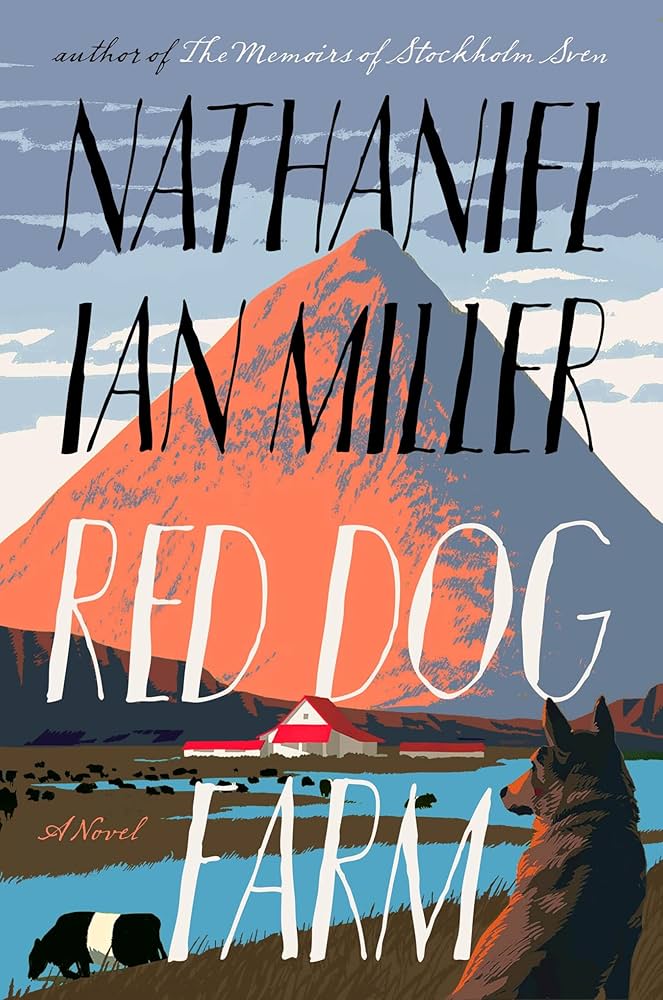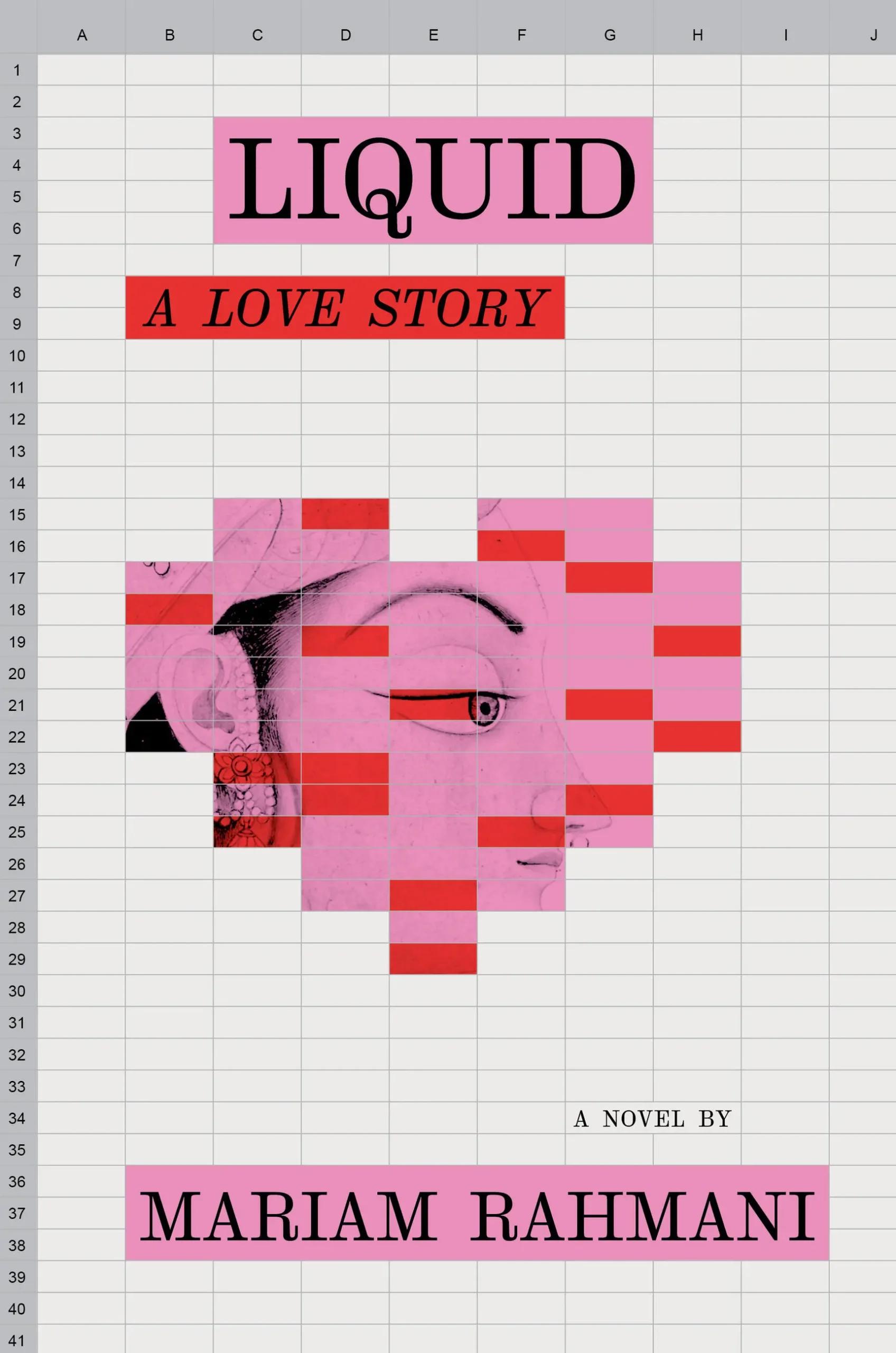
ADRIE KUSSEROW and LEAH ZANI are a rare sort: trained cultural anthropologists and poets, anthro-poets. The two met while Adrie was judging the Ethnographic Poetry Prize, the world’s only prize for poetry written by anthropologists. Shortly after, they began working together on the editorial team of Anthropology and Humanism, one of the few peer-reviewed academic journals that accepts poetry.
In this interview, Leah Zani connects with Kusserow about her latest memoir, The Trauma Mantras: A Memoir in Prose Poems (Duke University Press, 2024), a collection of prose poems based on Kusserow’s experiences with refugee communities and humanitarian projects in Nepal, India, Bhutan, Uganda, South Sudan, and the United States. In this conversation, they discuss the lyricism of suffering and the role of poetry in enriching deep anthropological understandings of place.
Leah Zani: Your book opens with a definition of ethnography as both the study of culture and the process of writing. Ethnography, like poetry, is one of those genres that is also a method of work or a way of being in the world. It comes with expectations about fieldwork, ethics, and theory. Culture may be all around us, but it is hard to write about culture well. What are some of the challenges of writing about culture, and how did these challenges come up when you were writing The Trauma Mantras?
Adrie Kusserow: Perhaps the first and most obvious challenge was that I could not assume the reader would know anything about the places I was writing about, many of them quite remote and off the beaten track of most tourists (South Sudan, Bhutan, a remote refugee camp in Uganda, a Nepalese Himalayan monk’s retreat dwelling, a Ladakhi nomad mud stone hut). Because of this, I felt I had to use my best poetic powers and devices to sensually embed the reader in a world they have never visited. During fieldwork, I was aware that I had to be fully present, every cell of my being latched on to sound, smell, body stance, tone of voice, facial affect, landscape, weather. I couldn’t assume the reader would know the way South Sudan can feel like you have landed on Mars or the strange almost Dune-like lunar quality of remote Ladakh.
Ironically, my other biggest challenge was the way that writing never let me off the hook, into a place of rest, where I felt like I could easily “sum up” a particular culture. I wasn’t prepared for how the act of writing itself would become a kind of archaeology in which I explored greater depths. The act of writing enhanced the quality and intensity of my perception of the culture I was studying, raising new questions that would propel me back into further fieldwork. The act of poetic writing inspired a subtlety and more nuanced “read” of the cultures I was living in, which in turn created more questions, more fieldwork, more of a critique and dissatisfaction with my original shallow impression of a place.
Vague and generic words do not move the reader or help them crawl into the rich, multi-dimensional places humans inhabit, places that we need to try and understand.”
Writing prose poems about various cultures wasn’t something I did after returning from the field, but in the very midst of it, it became an actual ethnographic tool that sharpened my perception and my initial “read” of a place or people. Writing ethnographic poems gave rise to aesthetic, less linear ways of thinking about the field experience. This made it harder for me to come to any final easy truths about the culture, which is in many ways a good thing, but also exhausting! I learned a lot about writing while working on The Trauma Mantras. It’s not just about accurately describing an experience, but using the insight of acutely nuanced language, and an artistic aesthetic, to bring a wider array of meaning(s) to culture than conventional wisdom offers. Poetic writing embodied and emboldened my understanding of culture, helping me probe behaviors with all my senses. For example, in the poem “Technotropic” I depict the bodily habitus of remote Sherpa women seeing a screen for the first time. The tentacles of this ethnographic poem, through image, metaphor, language, form, and rhythm, enabled me to inch even closer to the complex, subtle experiences I was trying to describe and understand. The reworking of drafts brought me closer to the ethnographic insights I didn’t have before entering the poem.
Many of the people and landscapes I write about are struggling and suffering, and hence I felt a keen sense of responsibility to represent them in the most poetic, gripping, heartfelt language I could achieve. Why? because where suffering is concerned, language becomes incredibly important, because I wanted to move the reader, to get the reader to feel a sense of immediacy, empathy, and urgency to what people are going through. The act of writing precise metaphors and similes demands rigorous attention and an honest approach to human behavior. Vague and generic words do not move the reader or help them crawl into the rich, multi-dimensional places humans inhabit, places that we need to try and understand.
Each place gave me more and more confidence and space to step back from my own culture and question its ethnoconceptions of the self, mind, body.”
LZ: The book moves across multiple countries around the world: Sudan, Uganda, Bhutan, Nepal, and others. How are these many places necessary to the final shape of the book? Could you have written a book that was just about Vermont?
AK: I don’t want the reader to ever settle on one truth for too long. I wanted a memoir that confounded the memoir that starts with me as a child in Vermont. I wanted a memoir that included pieces mostly about refugees with me at the sides, looking on, often feeling vulnerable, confused or ineffective. I didn’t want the reader to have one settled version of me, but one including multiple voices, countries, places. The book represents my usual attempt to bust out of the confines of identifying with a single, individualized self. I could never have written a book that was just about Vermont because I walk, sleep, work and eat in Vermont with other countries I’ve worked in all very much alive inside me. Bhutan forever changed me. As did Ladakh and Darjeeling. The power of the energy of a foreign geographic space to live on and reverberate inside you once you have returned home is truly remarkable. Each place gave me more and more confidence and space to step back from my own culture and question its ethnoconceptions of the self, mind, body. I wanted a memoir that showed the ways these cultures settled, mixed, and continued to live within me, sometimes making me frustrated and angry, yes, or enlightened, grateful or invigorated.

LK: In one of the poems that has stuck with me, you describe reading children’s stories to a group of young orphans of war as part of an aid program. The read-aloud doesn’t work, the girls don’t react, and this pushes you to reflect that perhaps the stories weren’t big enough to hold their experiences. Many of your poems look for a more capacious story that dissolves personal suffering, without differentiating one human from another, carrying us in wide currents of culture and history. These poems sing “sweet and terrible songs that hover like fog in giant capes of hope and doubt.” What part of us do your poems speak to? What part of us needs to hear this?
AK: In this poem, I am working with the former US Ambassador to South Sudan, at a nonprofit called Confident Children Out of Conflict. During this trip both my children were home in the US and I was struck by how I was also guilty of the tyranny of the bedtime book ritual back home where parents emerged from the caves of their children bleary-eyed and exhausted after the tenth bedtime story that the little ones demanded—a culture where parents found it so hard to say no to their children. It struck me as odd that it was assumed that the middle and upper middle class heavily promoted book culture would translate to these South Sudanese girls from the slums of Juba. I’m not sure what part of us my poems try to coax out, into a wider space, but it is a coaxing from the biomedical, psychologized individualism into the currents of history, animism, social fabrics, cultural archetypes, nature, and other cultures’ ethno-existentialistic understandings of self.
However, I think in this poem, I wasn’t so much saying the stories weren’t big enough, but that perhaps they shouldn’t try and budge what perhaps should not be budged. In other words, they shouldn’t try and soothe the horror, band-aid it with Western solutions, or conventional language and wisdom. Perhaps we should question, where are we trying to move the trauma from and why? Should horror or trauma always be budged? It raises the question, and our possible assumptions, that are often based on Freudian hydraulic metaphors where repressed trauma must be released. Does trauma move up or down once inside the body? Does it hide and want to be moved or does it need time? Can it sit within an indigenous healing social fabric before it can think of budging? Does it always get worse over time? Does it aggravate or dissipate? Is it liquid or solid?
LZ: In “The United States of How Are You Feeling?”, you critique the harmful effects of the American psychological concept of the individual when processing trauma. Can you explain your critique of the American way of understanding trauma? How does this critique of trauma inform the book as a whole?
AK: Our ideas about trauma are based in particular Western conceptions of self that often view the self as fragile, triggerable, vulnerable, not very resilient and mostly identified with the biopsychomedical. PTSD usually focuses on internal states and chemical imbalances inside the individual brain which can make the experience isolating and alienating. American culture has one particular highly psychologized and individualized conception of suffering among many, many cross-cultural ways of viewing distress. The current concept of trauma in America is not universal. It has a definite historicity to it. In America, we have popularized “trauma” to the point that it is applied linguistically to nearly any negative experience. More of our everyday landscapes are now viewed as traumatizing. A kind of Traumasphere has developed.
If we locate trauma within the psychologized DSM disorders and brain-biologized serotonin deficits, we lose sight of how it is felt and experienced. Medications and mental health counseling tend to support this understanding of trauma as an individual problem, rather than one intertwined with the social fabric and the intricate webs of social roles, kinship systems, or relationships with spirits or Gods. Wider meaning systems, narratives, and discourses (nature, spirituality, morality, religion, tribe, spirit, ancestors) can allow suffering to be shared and normalized more than the unique individualized versions, which also downplay how suffering can make one wise, compassionate, humble, vulnerable and an empathic healer for others. The Afghan men in Vermont who have resettled here don’t want personalized therapy with a stranger, they want to revive their traditional tribal dance (Attan). Many revered shamans worldwide are those who have suffered tremendously.
If we export our explanations of trauma all over the world, the assumption is these kinds of understandings are more sophisticated than local ones that have taken thousands of years to develop. Cultures older than ours have had to withstand suffering and tragedy, and they have developed stories and narratives about how to cope with this inevitable component of human life. For us to march in and try and promote the broken brain narrative over, say, the spirit possession narrative, is rather pompous, and medical anthropologists have found that these new metaphors and stories don’t necessarily work.
Poetry helps me hold the complexity of human experience and the distinct flavor, ethos and landscapes of particular places.”
LZ: You share this beautiful account of a woman who slips into a coma brought on by crisis but has no symptoms of psychological pain. She comes from a culture that does not process distress psychologically. Her distress is still real, but it doesn’t fit into the available therapeutic treatment plans: “metaphor’s much better, but what nurse has time for that?” Does poetry help you hold the complexity of human experiences and—this is a selfish question—are the poems themselves an argument for a way of engaging with trauma?
AK: Absolutely, without a doubt. Poetry helps me hold the complexity of human experience and the distinct flavor, ethos and landscapes of particular places. Rhythm, metaphor, image, music, sound repetition all of these take me to places of much greater subtlety, nuance, and truth than conventional writing or conventional conversation. Sometimes when I emerge from the world of a poem, the “real” world feels jarringly generic, simplistic, and stereotypical.
LZ: I sense a deep love for humanity in your book. There are lovely rest stops where you muse on how to stay open and soft-hearted. There is one beautiful passage where you describe sitting in a tulip field that your husband planted in quarantine, present with the surprise that “something mute and elemental would open, as I sat throat deep in the field, and let the tulips be, a kind of quiet softening in the bed of my mind.” Tell me more about this quiet softening. How do we stay open to the world?
AK: I have a true love of humanity. I view the struggles of humans as almost noble and beautiful in their doggedness and sincerity. When I feel myself getting critical of others, I try and stay tender, open and soft-hearted. The “quiet softening in the bed of my mind” often comes from letting go of thoughts and returning over and over again to breath or bodily sensation. My Buddhist practice of meditation and yoga have cultivated a kind of warmth, softness, and openness toward the world, as well as a realization that thoughts cannot contain reality. The practice of not buying into thought after thought after thought leads to a radiant and peaceful warmth that has no agenda, no dogged trajectory, and this promotes compassion and patience for all that humans are.
Adrie Kusserow is the author of two books of poetry, Refuge and Hunting Down the Monk, both published by BOA Editions, Ltd, An Ethnography American Individualisms, published by Palgrave MacMillan and most recently, The Trauma Mantras: A Memoir in Prose Poems (Duke University Press, 2024). Along with the Lost Boys of Sudan, she co-founded Africa Education and Leadership Initiative: Bridging Gender Gaps Through Education (www.africaeli.org) and teaches cultural anthropology at St. Michael’s College in Colchester, Vermont. She lives on the land she was raised on, in Underhill, Vermont.
Leah Zani is the author of Strike Patterns, winner of the 2023 Independent Publisher’s Book Award (IPPY) Gold Prize for Creative Nonfiction, and Bomb Children, an academic monography of poetry and ethnography. Both books are based on their research in the former battlefields of the Secret War in Laos. Their work has appeared in Cultural Anthropology, SAPIENS, Kenyon Review Online, Stone of Madness, Consequence, and elsewhere. www.leahzani.com.




